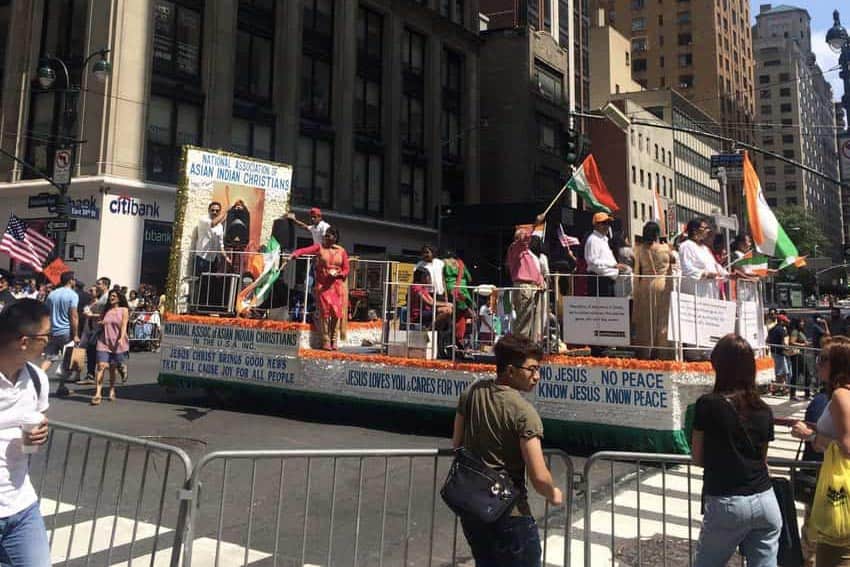
Experiencing the Flavors of the Indian Subcontinent in Manhattan and Queens: Little Indias
By Susmita Sengupta

New York City is well-known for its glamor, hustle and bustle, famous landmarks plus jaw-dropping buildings. However, once you are past its famed attractions, you will discover other attributes that make this city unique.
New York is a true melting pot of world cultures, represented by diverse neighborhoods through streets and enclaves in all five boroughs.
That makes them worth visiting to get a taste of those societies. One such ethnically diverse neighborhood is known as Little India and you can experience its energy in Jackson Heights in Queens and in parts of Manhattan.
Arriving at Little India in Jackson Heights, Queens
South Asians of the tri-state area of New York, New Jersey, and Connecticut very often venture out to the neighborhood of Roosevelt Avenue-Jackson Heights in Queens.
It is considered to be the most ethnically diverse neighborhood in New York City as well as the United States, to soak in the ambiance of the countries that they left behind.
And just like them, we too decided on a trip to this area to visit its many shops and eateries on a summer weekend. We drove to 74th Street towards 37th Avenue and immediately felt transported into a typical Indian shopping zone.
Though on this particular visit, we used a car, our previous trips were done by subway and I would highly recommend taking public transportation when you’re traveling in from Manhattan.
Swanky Hudson Yards
The best method would be to use the scenic route of the Number 7 subway line (the F and the E express trains also make a stop but the experience is very different). You may decide to start at the swanky 34th Street-Hudson Yards station in Manhattan with its lovely wall murals representing the swaths of immigrants that make up this city.
My favorites are the Indian lady in her colorful sari and the man carrying a bunch of shopping bags as if returning with his bags full of goodies. It will take you about an hour as the train rumbles its way underground through Manhattan and emerges out onto elevated tracks in Queens.
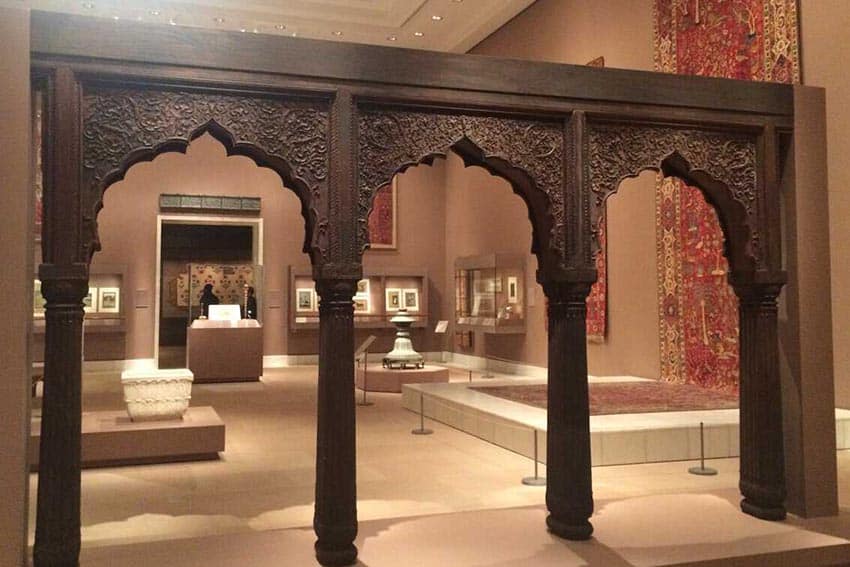
You will not be bored as you immediately experience the visual difference in the architecture (but also enjoy the magnificent view of the Manhattan skyline) and the aural difference in languages that will be spoken by your fellow travelers.
When you step out of the subway at the 74th Street-Broadway stop in Jackson Heights-Roosevelt Avenue, just like when we stepped out of our car, my senses were instantly heightened by the sights, sounds, and smells of this distinctive neighborhood.
The Hindi film songs and Punjabi Bhangra rap put a spring in my step as my husband and I made our way through the crowds of Desi people, who like us had come to spend a few hours to relive in their left-behind world.
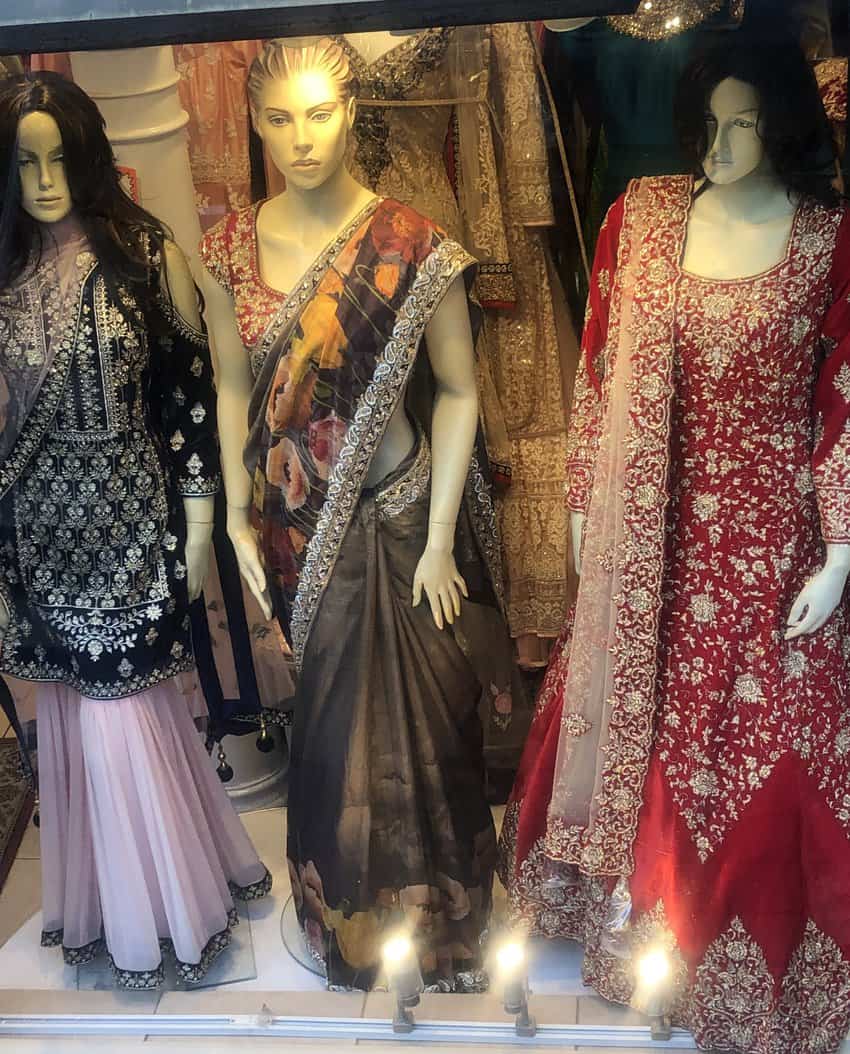
Vibrant Clothes and Jewelry
The stores here are mainly owned and run by people of the Indian subcontinent – Indians, Bangladeshis, and Pakistanis with a smattering of Tibetan, Nepali, Burmese, and Afghans.
The storefronts of clothing stores display mannequins clothed in vibrantly colorful and bejeweled saris, lehengas, churidaar sets, and salwar kameez sets – traditional feminine outfits of the region while the male mannequins sported sherwanis and headgear called pagri.
Then there are the glittering gold stores, where you will stop in your tracks as you see the display cases chock a block with 22-karat pure gold necklaces, earrings, bangles, and other traditional jewelry that is immensely popular among all South Asians.

Foods to Eat and Buy
Of course, if you come here you must visit the many food stores, restaurants and sweet shops that dot this shopping area. Our first stop was Patel Brothers, the largest Indian-American supermarket chain with 51 stores spread across the nation and our go-to store whenever we want to stock up on Indian groceries.
The place was crowded with people buying vegetables like lauki (gourd), karela (bitter gourd), long, thin green drumsticks, often used in sambar dal, and dark purplish, gloriously pungent mustard seeds used by Bengalis in ground paste form to cook with fish.
There are aisles upon aisles filled with vegetables, dals, spices and frozen Indian snacks, sweets, ice creams and more.
After a bit of grocery shopping, we headed for a stalwart restaurant in this area – Jackson Diner, there in this neighborhood since 1980.
The restaurant offers both North Indian and South Indian cuisine but what is really popular amongst its regulars is the lunch buffet where you can choose from aromatic rice, biriyani, tandoori chicken, a variety of vegetables and dals, savory chaat, panipuri and South Indian staples such as idli and dosa.
If you crave a change to your palate, a stop by a momo truck or eatery such as Momo Delight, will put a singular taste in your mouth as you sample momos, customary dumplings from Nepal and Tibet, and now hugely popular all over South Asia.
They are filled with vegetables, meat or chicken, not unlike other Asian dumplings. To try traditional sweets, you must enter the Bangladeshi grocery stores and the Indian sweet and snack shops such as Rajbhog Sweets which display mouthwatering delicacies.
Our favorites – the yellow or orange-colored sweet, fried spiral jalebis, the many varieties of Bengali milk-based sweets such as rasgulla (round cheese balls in sugar syrup) and delectable round laddoos, melt-in-your-mouth spherical sweets composed of gram flour batter fried into tiny pearl sized balls and mixed with sugar and spices.
More Little Indias in Manhattan
Manhattan too has its own Little India areas, certainly not as elaborate as in Queens but definitely equally authentic. Our choice is always the Gramercy neighborhood between East 27th and 29th Streets and Lexington Avenue, concentrated with many restaurants and a few shops catering to South Asian culinary needs.
The grocery and spice store Kalustyan’s is the largest and an institution on its own. Spice Corner is a Bangladeshi store that offers not only food items but also incense, hair and makeup products.
Crispy Dosas at Pongal
If you’re hungry, Pongal is a great choice with its South Indian cuisine of crispy dosas, steamed idlis, and fried round vadas accompanied with sambar dal, all to be washed down with tangy lassis or masala chai. You might find this restaurant as well as others packed with people of various backgrounds on the weekends.
In the East Village neighborhood lies a tiny Little India, on East 6th Street between the First and Second Avenues. Though the restaurants serve North Indian cuisine, the owners are Bangladeshi immigrants.
Experiencing the Diwali festival in Manhattan
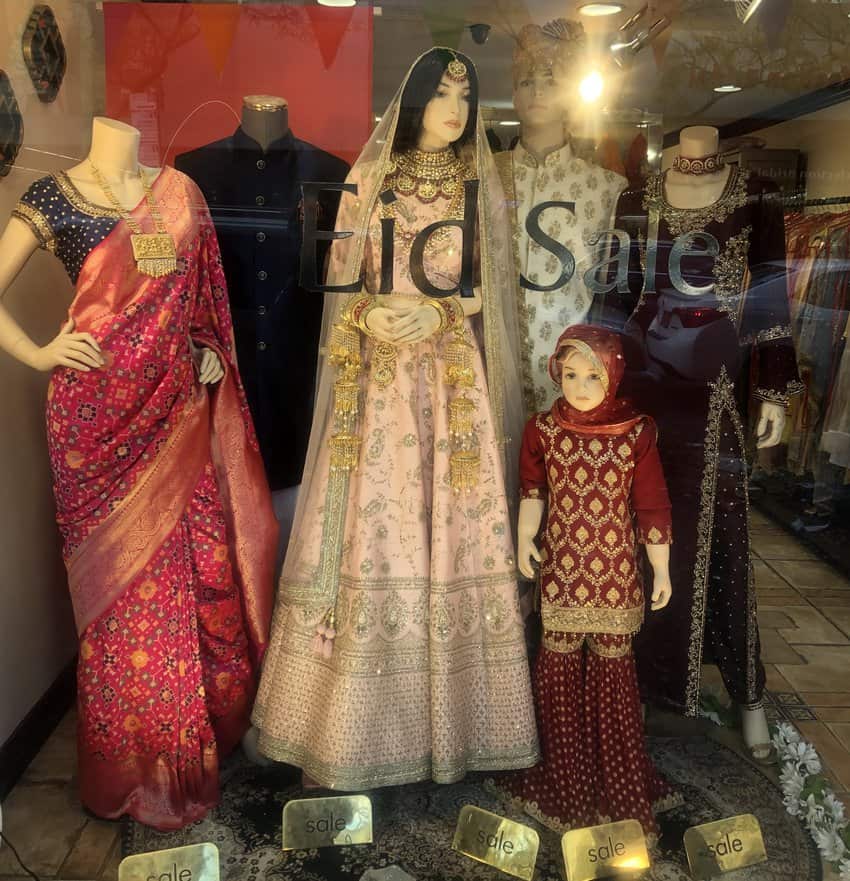
October in New York brings in the Diwali Mela, celebrating what is arguably the most anticipated Hindu festival in India. Diwali, from the Sanskrit word Deepavali means a row of lighted lamps thus giving it the nickname, “Festival of Lights.”
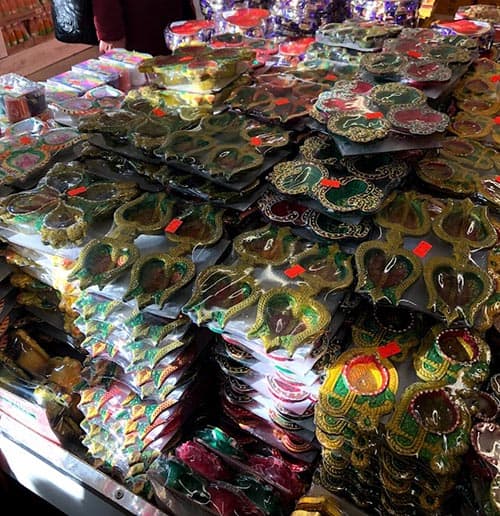
Hindus, Sikhs, Buddhists, Jains, and others in India and their counterparts around the world follow the rituals with festive candles and diyas (clay lamps), sweet delicacies, family gatherings, and fireworks.
The festival which falls in October or November, celebrates the victory of good over evil and is a religious as well as a cultural festival, holding different meanings across the different regions and religions of India. You can learn more about Diwali here.
And so this festival is celebrated in Manhattan with a Mela or fair. The Diwali Mela at South Street Seaport, usually held on the first Sunday in October, is a long-standing free event, having been held for more than 30 years.
The crowds are large and the ambiance is full of vivacity.
The streets are closed off and transformed into a bazaar with stalls selling food, clothes, arts, crafts, and jewelry that celebrate the spirit of India.
A line forms as people of all ages line up at the many henna painting booths to get their palms painted with intricate designs of ornamental flowers, leaves and birds such as peacocks.
Walk Through the Entire Mela

We love to walk through the entire mela and then head to see the cultural programs of dances and songs.
And our favorite is definitely the fireworks over the East River that bring the grand program to a close.
A smaller Diwali Mela that also takes place on an October Sunday in Times Square, called Diwali at Times Square, draws not just South Asians from the tri-state area but many tourists who throng this iconic New York destination.
The free event had its beginning in 2013 and since then has evolved into a joyous gathering offering a variety of performances, and booths selling food, arts and crafts.
Find all information here.
Manhattan’s Glorious Chariot Festival
The ISKCON Rath Yatra Parade or the Festival of Chariots is yet another joyful event that celebrates an Indian festival.
In our first experience of this festival, when it had returned in its full glory after the COViD pandemic, we were treated to an unforgettable sight of three colorful chariots being pulled by worshippers and accompanied by a merry crowd singing, chanting or just plain walking down Fifth Avenue.
The parade echoes the traditional and ancient festival held every year in Puri in eastern India where the idols of the deities Jagannath (which brought forth the English word juggernaut), a version of the god Krishna, his brother Balram and sister Subhadra are brought out of the temple, and placed in massive and beautifully decorated wooden chariots.
The procession travels to another nearby temple as the chariots are pulled the entire way by thousands of devotees.
In New York, the first parade happened 45 years ago. The second Saturday of June sees the chariot procession start from Fifth Avenue and 45th Street to end at Washington Square Park where there is a festival along with a free, vegetarian feast served to all. Find out more here.

A Colorful India Day Parade
If you happen to be walking down Madison Avenue from around 40th Street on the Sunday after 15th August and see colorful floats of dancers and singers, chances are you are witnessing the India Day Parade.
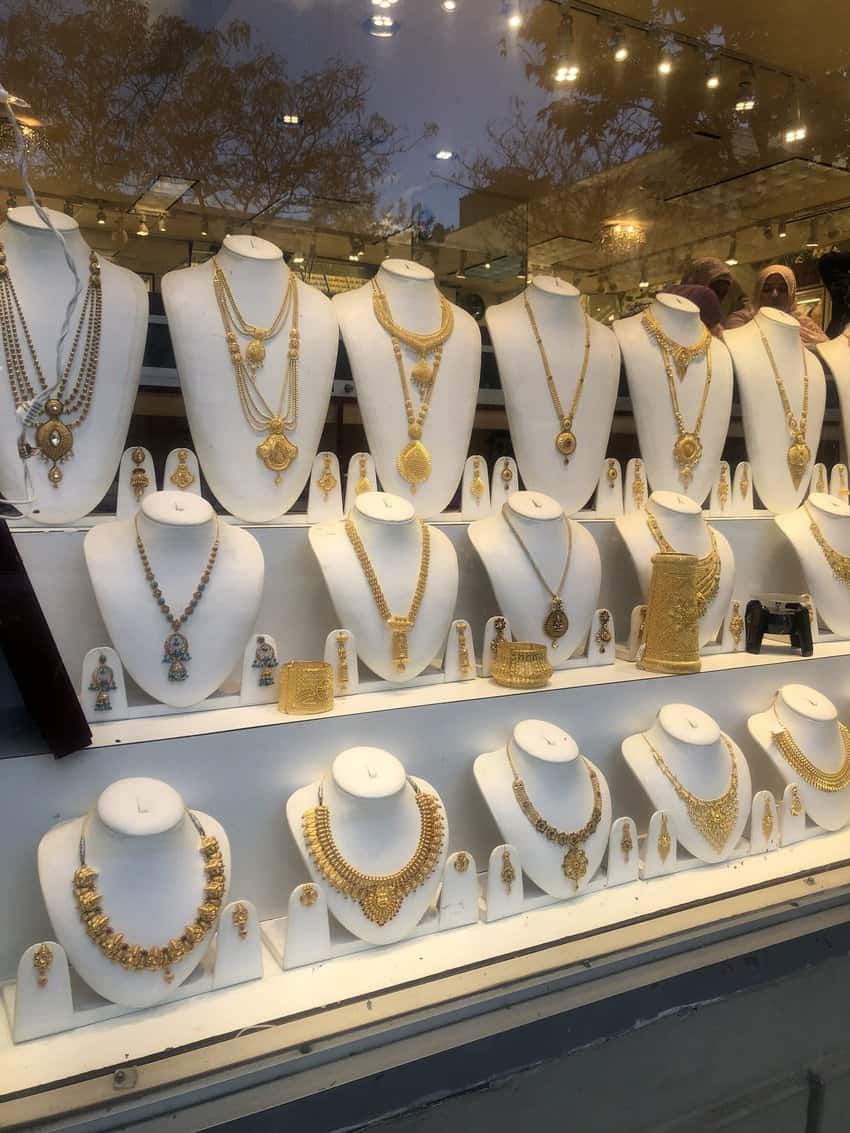
According to NYC The Official Guide, the New York City Indian Independence Day Parade is the world’s largest outside of India. It commemorates the independence of India from Great Britain on 15th August 1947 and allows the diaspora to celebrate this key milestone in Indian history.
The first India Day Parade took place in 1982 and since then it has evolved into a major event that brings forth unprecedented crowds who throng the marching route from 38th Street and Madison Avenue to the end point at Madison Square Park.
They come to revel in the exuberance of the floats, bands, and celebrities who fly in from India to grace the occasion. And as usual, the parade ends with people enjoying the food stalls, the handicraft shops, and the cultural programs that are held on the streets around Madison Square Park. Here is more information about the 2023 parade.
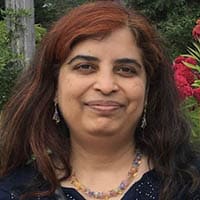 Susmita Sengupta, an architect by background, from New York City, loves to travel with her family. Her articles have been published frequently in GoNOMAD, Go World Travel, In The Know Traveler, and other travel websites.
Susmita Sengupta, an architect by background, from New York City, loves to travel with her family. Her articles have been published frequently in GoNOMAD, Go World Travel, In The Know Traveler, and other travel websites.
Read more of Susmita’s stories on GoNOMAD.com Travel.`
- Camino Tales: Wine and Memories in Galicia, Spain - July 25, 2024
- Beluga Hunting in Norway - July 20, 2024
- Costa Rica: A Rainforest Chocolate Tour - July 18, 2024



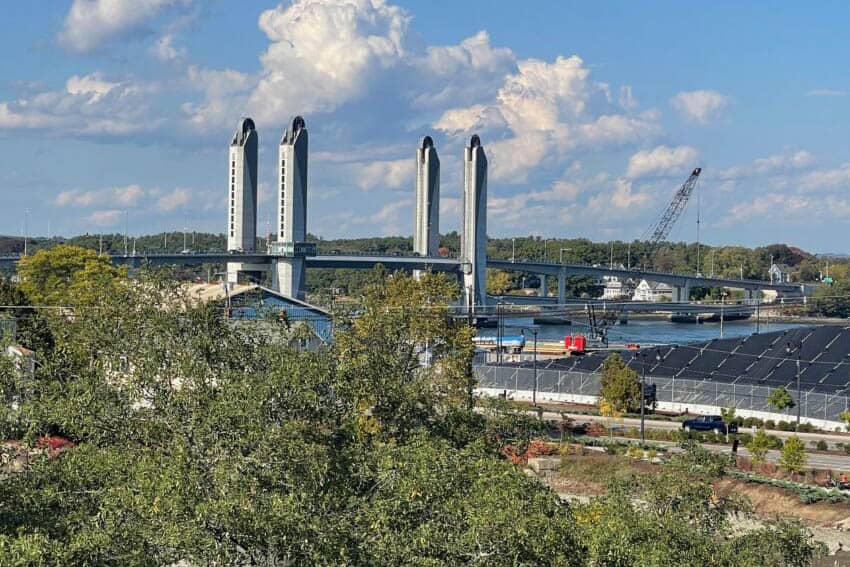
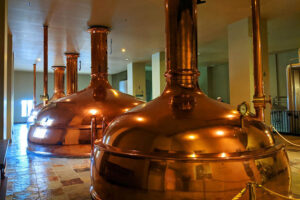

Is there no longer a row of terrific Indian restaurants on E. 8th St. in Manhattan?